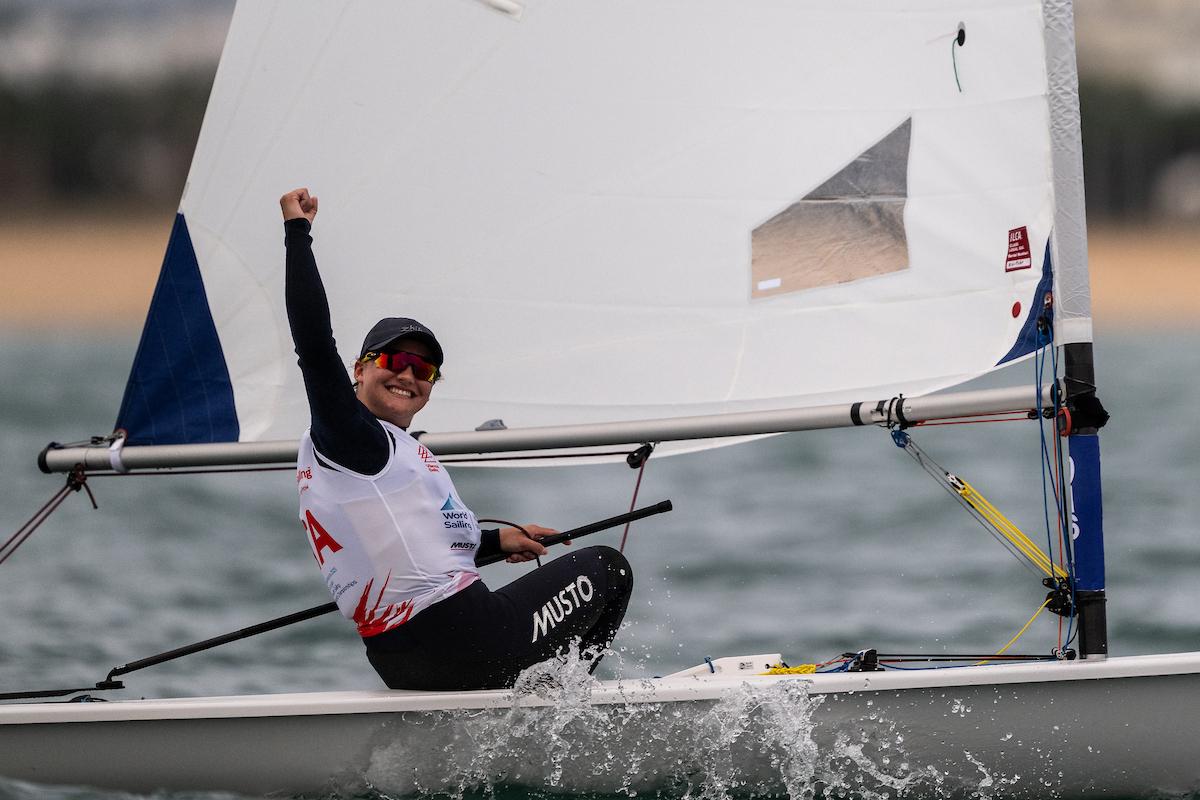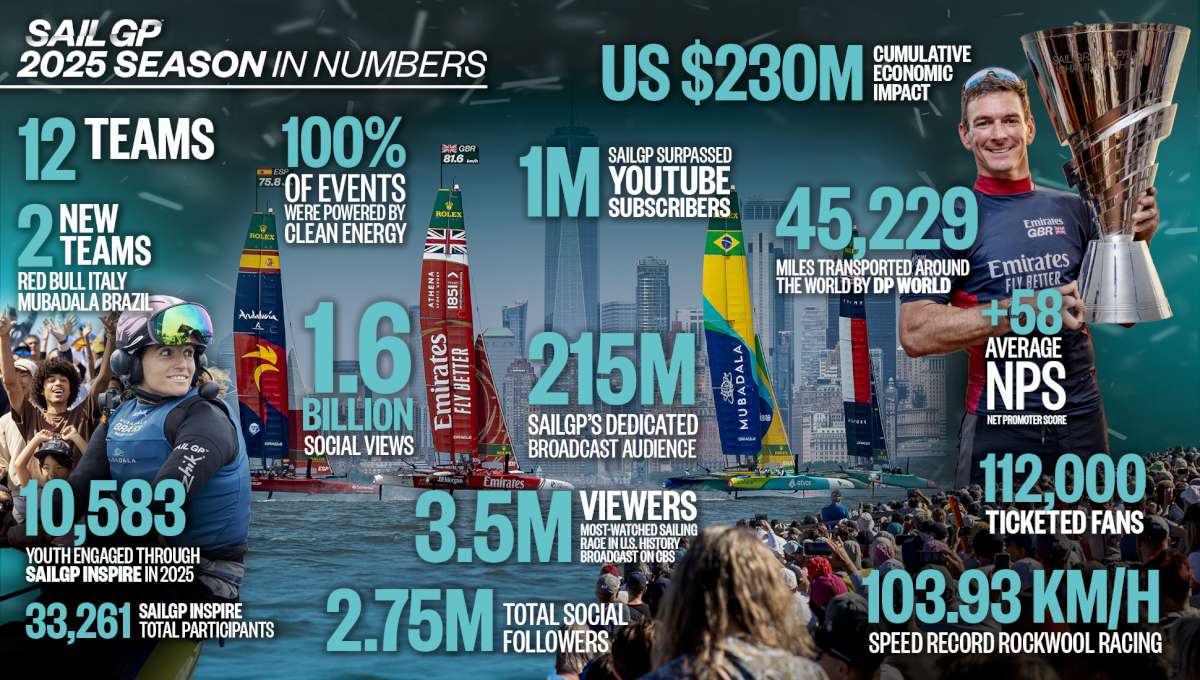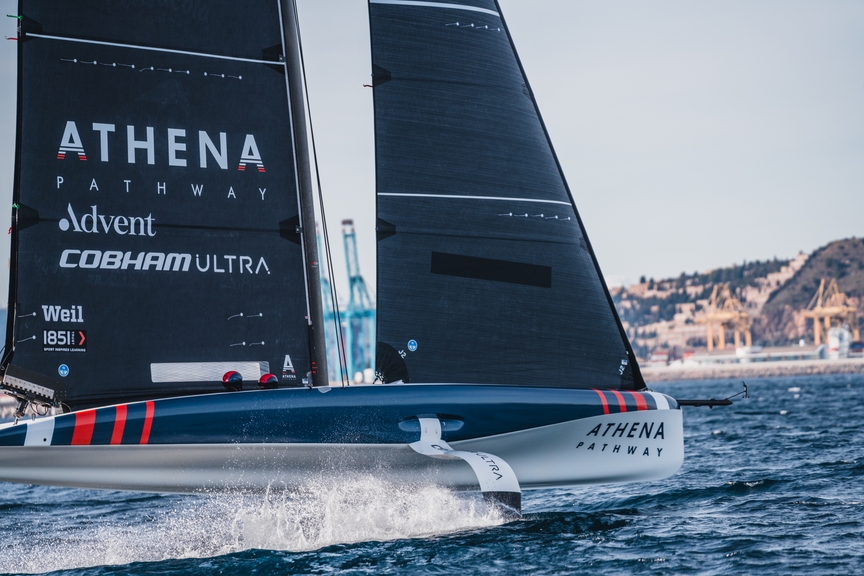RACING LEGEND
How a teenage Swedish seaman jumped ship and became a sailing legend in Australia, by Bob Ross.
The big Swede with the ready laugh “Ya Ya” to the offshore fraternity led from the front, both as sailing master through Bass Strait gales and in the celebrations ashore afterwards.
Max Crafoord forged such a bond between the young members of the rugby team-sized crew which manned Peter Warner's classic schooner Astor in the 1960s that they have held fairly regular reunions ever since.
Sadly the last of these – at Newcastle in May – was to say farewell to Max at his funeral. Ya Ya died in a Newcastle hospital there, unexpectedly with a brain tumour after collapsing at his Nelson Bay home.
Crafoord, who was 74, had sailed 28 Hobart races with three line honours wins; aboard Warner's 73ft Astor in 1961 and 1963, and Sir Max Aitken's Crusade in 1969.
While he sailed his Hobarts on 10 different boats, the Astor years were special to Crafoord and those who sailed with him. They included racing the yacht in the 1963 Transpac from Los Angeles to Honolulu.
Astor veteran and Nelson Bay neighbour Bruce Moxham, who shared a last regular beer with Crafoord just before his collapse, said:
“What a great leader. He never expected anyone to do anything he wouldn't do himself. If the shit hit the fan and you were looking for a bit of backup, he would be right alongside you; a tower of strength, get hold of your jacket when you took off on a big slide.
“He was always there. He got a group of blokes together and we are still together, having reunions, since 1959-60. We had a lot of good times ashore, too, with Max right at the front. If a 'do' was going on, you would bet your bottom dollar that Crafoord was there.”
One of those, recalled from an early Hobart race by veteran navigator Richard Hammond, was when Max was one of a group of sailors invited to Tasmania's parliament house for drinks one night. They slipped into the chamber of the House of Assembly and, following due process, enacted a bill to prevent Sydney-Hobart yachts from sailing more than 400 yards off the coastline!
Another Astor crewman, Rob McAuley, said: “Max was the greatest leader of men; a human resource expert. He managed people. He sorted out the yacht and held that crew together, not because they were hot shots. We had a good bunch that got on together and we became mates.
“Because of that, this close-knit bunch of guys would have done anything for Max.”
Family tradition
Crafoord family traditions will live on in Australia through Max's son Carl, an offshore navigator who has sailed 21 Hobart races and been on three winning boats: Sagacious (1990), Raptor (1994), and Quest (2004).
Father and son had a strong bond, in business as well as sailing. Carl, then aged 20, sailed his first Hobart race in 1980 aboard Bill Ferris' Inch by Winch against his father sailing with Lou Abrahams on Challenge. They sailed together in Max's last race in 1993 race, aboard the American yacht Cassiopeia.
In the same year Max, who had been successful in business in Sydney firstly with office machine distributors and later Carl brought that business home from the USA after spending ten years abroad working as a sailmaker and sailing. Max had not discouraged Carl from travelling. After all Max, on seeing the movie Bali Hai as a 16-year-old, determined to get to the South Pacific, joined the Swedish merchant navy and ended up settling in Australia.
“It was a great thing to have your father behind you,” said Carl.”I was full of enthusiasm and he helped organise it for me, making sure the numbers were right; inventory, costs, stock taking.”
Jumped ship
Per Magnus Ebbe Crafoord was born in the coastal port of Karlshamn, Sweden, on August 5, 1932, the fifth child in his family. He adopted the name of Max after his arrival in Australia, where “Per” caused confusion when he signed his name. He also found it much easier to say 'Max Crawford' than Magnus Crafoord in those days, when his English pronunciation was not so good.
His father, an agronomist, died when Max was only seven years old. His mother taught him to sail from an early age in an open boat on the Baltic Sea and made him the cotton sails.
At the age of 17 in 1950 Max persuaded his mother to allow him to go to sea, as an apprentice in the Swedish merchant navy aboard the cargo ship Boggabilla on a voyage from Gothenburg to Australia and return.
Boggabilla in 1950 sailed down the coast of Africa to Cape Town, then Port Elizabeth and Beira in Portugese East Africa and on to Australia. Shipboard life did not meet Max’s expectations. Instead of learning navigational and other seaman's skills, he was assigned to only menial tasks.
He jumped ship in Cairns, a fairly common practice in those days because it was the last port where many ships docked before leaving Australia. The sailors were usually fined as illegal immigrants and then allowed to stay in Australia as permanent Australian residents.
Unluckily for Max the authorities decided to make an example of him to discourage sailors from deserting in Cairns. He gave himself up to the police and was fined 15 guineas with two guineas costs and was told to go to the Department of Immigration to begin the process of becoming a legal immigrant.
The department told him to return in a month for his papers. After 30 days two policemen arrived at the North Queensland brewery in Cairns where he was working and arrested him.
He spent the weekend in the Cairns lockup and on Monday, handcuffed to a policeman, travelled by train to the Stuart's Creek jail near Townsville. He was imprisoned there for 30 days as a “prohibited immigrant” although he had never been tried in a court of law.
Max's cell four stone walls and an iron door with a peephole in it contained only a hammock, blanket and a toilet can. The daily routine began at 6.30 when the cell doors were opened; the prisoners hung their hammocks and blankets on a railing outside the cell and marched out with toilet cans in hand to be emptied.
They were then marched to one of the many walled yards, with a roof overhead, for breakfast. The food consisted mainly of porridge, stews, bread and tea with a ration of butter ñ usually melted in the hot sun and cheese. A daily shower was taken, in cold water warmed by the troThe prison authorities separated the 17-year-old Max from the common criminals, who spent eight or nine hours a day sifting coconut fibres for making mattresses and put him to work .
Max corresponded with his mother in Sweden while he was in prison. He had to interpret her letters into English in front of the prison governor. On one occasion he broke down and cried when his mother wrote that she was disappointed in him but still loved him. She also had to apologise to family friends who were held in high regard in Sweden because they had recommended her son to the Transatlantic Swedish shipping company.
On his release Max returned to Cairns and went back to work in the brewery. In 1951, on a 15 pounds air ticket, and with a overnight stop in Sydney, he flew to Melbourne and travelled the 300 kilometres to Mildura to
“He was quite happy with things on this temporary basis until something better turned up,” wrote his wife Clare in a biography prepared for family and friends in 1996. “The eternal optimist always expected things to work out for him. The prison experience had not dulled Max's enthusiasm for fun and adventure.”
Max in 1952 travelled back to Melbourne where he worked for an engineering firm owned by a Swede. Then he dusted off an introduction he had been given before leaving Karlshamn from a family friend, Chris Berg, to Arthur Warner (later Sir Arthur) and his son Peter. That meeting was to be pivotal to his life in Australia. He sailed with the Warners, worked on their boats and in their businesses, firstly in Melbourne and then in Sydney until 1968.
Peter Warner had sailed with Chris Berg on the Transatlantic Company's ships, including sailing ships in the Baltic trade. They were in navigational school together in Gothenburg and had travelled to Karlshamn where Warner had met Max's family.
“Max turned up on my father's doorstep in the early 1950s,” Warner recalls. “My father had a yacht that needed a bit of tender loving care. Here was this Swedish sailor who knew how to splice a rope and do a few things on a boat.”
So Max became the paid hand on Sir Arthur's Warana, a 40ft double-ender and sailed his first offshore race, from Queenscliff to Devonport, aboard her in 1952. The following year he sailed her in the Sydney-Hobart race with Peter Warner as skipper.
By then, Sir Arthur had bought the 52ft cutter Winston Churchill which her designer and builder, Percy Coverdale, had raced in the first Hobart race in 1945. Crafoord looked after both boats and raced aboard Winston Churchill, converted to yawl rig, in the 1955, 1956, 1957 and 1958 Hobart races.
He had a break from working for the Warners in 1954 when he joined the CSIRO's fisheries research schooner Derwent Hunter to voyage around Tasmania. He sailed the 1959 Sydney-Hobart race aboard John Colquhoun's Lass O' Luss.
Peter Warner sailed at times on Winston Churchill with his father and older brother Graham. Sir Arthur, for safety reasons, would not let the three Warner family members race on the same boat together.
In 1960, around the time that Graham Warner bought Winston Churchill from his father, who had become ill, Peter Warner moved to Sydney to manage the Sydney operations of Electronic Industries, the company that Sir Arthur headed. Peter bought the schooner Ada from the Stuart family and re-named her Astor, promoting the popular brand of radios and TV sets that Electronic Industries sold.
The famous Scottish designer/builder William Fife built the schooner in Glasgow in 1924 for Sydney surgeon Sir Alexander MacCormick. He named her Ada after his wife and sailed her to Sydney in 1927 via the Panama Canal. Peter Warner was the fourth owner after William James Stuart, who passed her on to his son William Charles Stuart.
Peter Warner took Max to Sydney with him to be sailing master on Astor and work in the cigarette vending machine division of Electronic Industries. “I had struck up a good friendship with him,” said Warner. “We were about the same age.
“He was a very good sailing master. When he used his voice it was loud and clear. Everyone on the boat knew what he meant. We used to race with 14 or 15; we had plumbers, electricians, barbers and all sorts of people and he welded them into a very competent team. He was a good coach.”
Warner agreed that Crafoord was always entertaining company ashore. “When he played, he played. When he worked, it was work.”
Crafoord moved from Astor to be project manager and sailing master on Phil Deaton's new Alan Payne-designed steel sloop Bacchus D for the Hobart races of 1964, 1965, 1966 and 1967 but continued working for Peter Warner until Warner moved to Tonga in 1969 to establish an inter-island shipping and fishing businesses.
[Warner, who is 76, is currently running a nursery in Tumut, rearing almond and walnut trees and selling them to orchardists along the Murray River. “I have tried three times to retire and can't do it,” he says.]
Crafoord sailed with a mixed British/Australian crew on the 1969 Sydney-Hobart line honours winner Crusade, a 62ft Alan Gurney design owned by Sir Max Aitken, the proprietor of the Daily Express newspaper group.
He was aboard Koomooloo, owned by John Gilliam, in 1972 and 1973, then raced the next ten Hobarts with Lou Abrahams, firstly on Vittoria and then Challenge. Lou was a close Warner family friend who'd sailed with Max on Winston Churchill.
Max also sailed with Abrahams on four Sydney-Suva races, winning two and finishing second in two. “He was a very good seaman and a lot of fun to sail with,” says Abrahams.
On the first of those long-distance races, Max introduced Lou to having a drink on board each day. “He bought a dozen bottles of duty free gin and one bottle of dry Vermouth,” said Abrahams. “He also brought along a Swedish cut glass decanter that just nicely held a bottle of gin in the freezer. So we had martini sundowners instead of going 10 or 12 days without having a drink.”
























